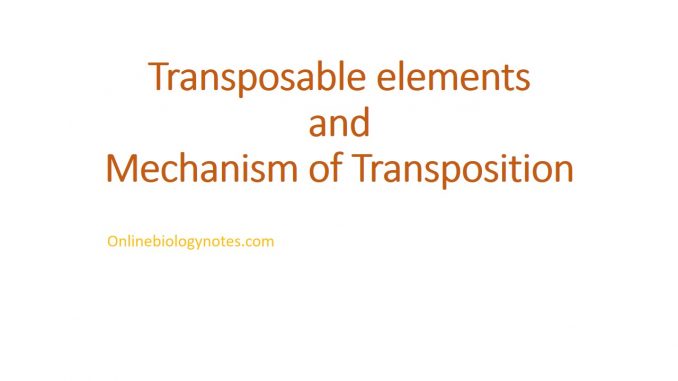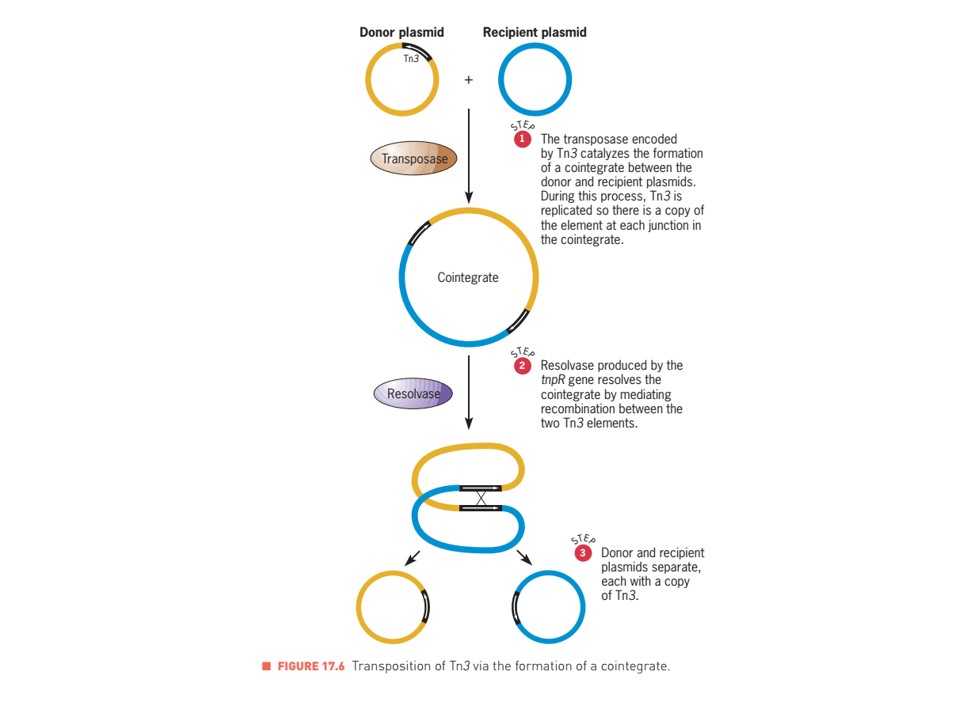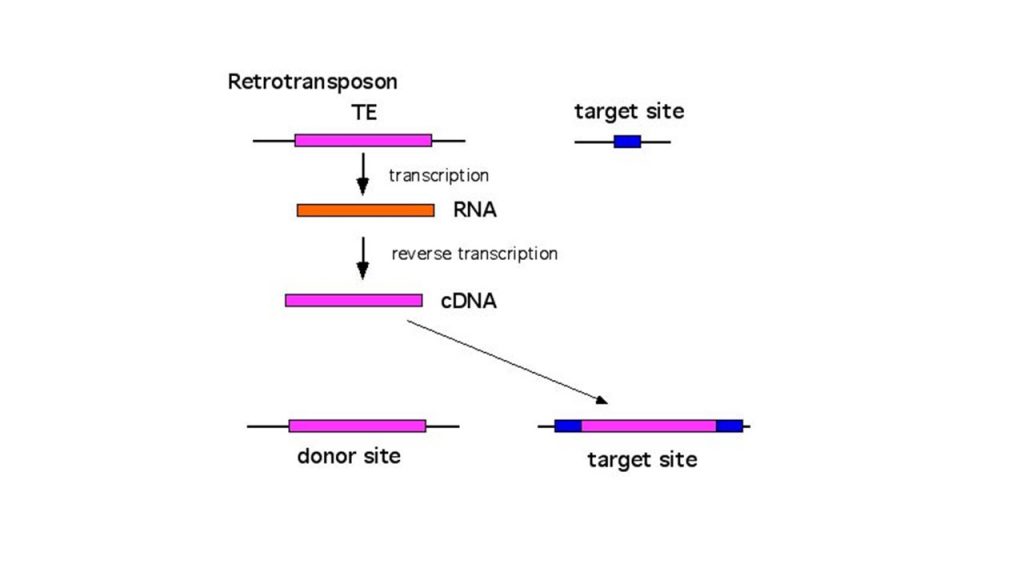
- Transposable elements are the specific sequence of DNA which is mobile in nature and have capacity to transport from one position to another position in the chromosome by themselves. Therefore, they are also known as mobile sequence or transposable sequence or jumping genes.
- Barbara McClintock (1940) discovered the first transposable element in Eukaryotes (maize) and earned a Nobel Prize in 1983.
Characteristics of transposable elements:
- Transposable elements are specific sequence of DNA that codes for enzymes for their transposition from one position to another position in the chromosome.
- Such mobile transposable elements is commonly known as transposons or jumping genes and the phenomenon is known as transposition.
- Transposable elements undergoes both replication and recombination process. However, they lacks the site for origin of replication. So, they have to depend upon host DNA or plasmid for their replication.
- All transposable elements are commonly known as transposons or mobile gene or jumping genes that changes their location and insert into different location in a chromosome or into other chromosome.
- Transposable elements contributes to the repetitive sequences in the genome of the organisms. Human genome contains 50% repetitive sequences.
- Both prokaryotic and eukaryotic organisms such as; bacteria, fungi, plants, animals as well as humans have transposable elements in their genome and they have their significant structure and functional value.
- The transposable elements are broadly classified as- Insertion sequences (IS) and transposons.
- Insertion sequences are the simplest type of transposable element with short sequences of about 1000 base pairs, present in Bacteria.
- Transposons have the longer sequences of more than several thousand base pairs.
Mechanism of transposition:
- There are different type of transposable elements depending upon structure and mechanism. On this basis, there are three different mechanism of transposition (Replicative, conservative and Retro-transposition). Most prokaryotes and eukaryotes employed one of two-either replicative or conservative mechanism of transposition whereas retro-transposition is only employed by eukaryotes.
- Three types:
- Replicative transposition
- Conservative or non-replicative transposition
- Retro-transposition
I. Replicative transposition or copy paste transposition:
- Replicative transposons are those transposons which at first replicates itself and then insert one copy of it into new position. Therefore, during replicative transposition, the transposable elements is replicated and one copy is inserted into new position while one copy remains at original position.
- This transposition is catalyzed by an enzyme transposase which is encoded by the transposable element itself.
- It is also known as copy and paste transposition.
- Replicative transposition is present only in prokaryotic organisms.
- Example: Non-composite transposons (Tn3) is a replicative transposons that undergoes transposition in two stage process. In the first stage, two plasmid- (one containing Tn3 transposons; donor plasmid) and the other recipient plasmid undergoes fusion catalyzed by transposase enzymes giving rise to a structure called cointegrate. During the formation cointegrate, Tn3 is replicated, and one copy is inserted at each point where the two plasmids have fused. In the second stage of transposition, the tnpR-encoded enzyme resolvase which mediates a site-specific recombination between the two Tn3 copies at the resolution site, and when it is completed, cointegrate is resolved into its two constituent plasmids, each with a copy of Tn3.

II. Conservative or non-replicative: cut and paste transposition
- The conservative transposons are those which changes position by excision from one position and then insertion into another position within a chromosomes. Therefore, during conservative transposition, the transposable element is physically cut from its original position and paste into another position in a chromosome.
- It is also known as cut and paste transposition
- This types of transposition is catalyzed by an enzyme called transposase which is coded by such transposable element itself.
- Conservative transposition is present in both prokaryotic and eukaryotic organisms
III. Retro-transposons:
- The retro-transposons are those transposons, whose RNA is reversed transcribed by reverse transcriptase enzyme into DNA and the synthesized DNA is inserted into new position in a chromosome.
- The mechanism of such transposition is known as retro-transposition
- Some of these retro-transposons are related to retro viruses and utilized their reverse transcriptase enzyme for transposition, such transposable elements are known as retroposons.
- Retro-transposons are only present in Eukaryotic organisms.

